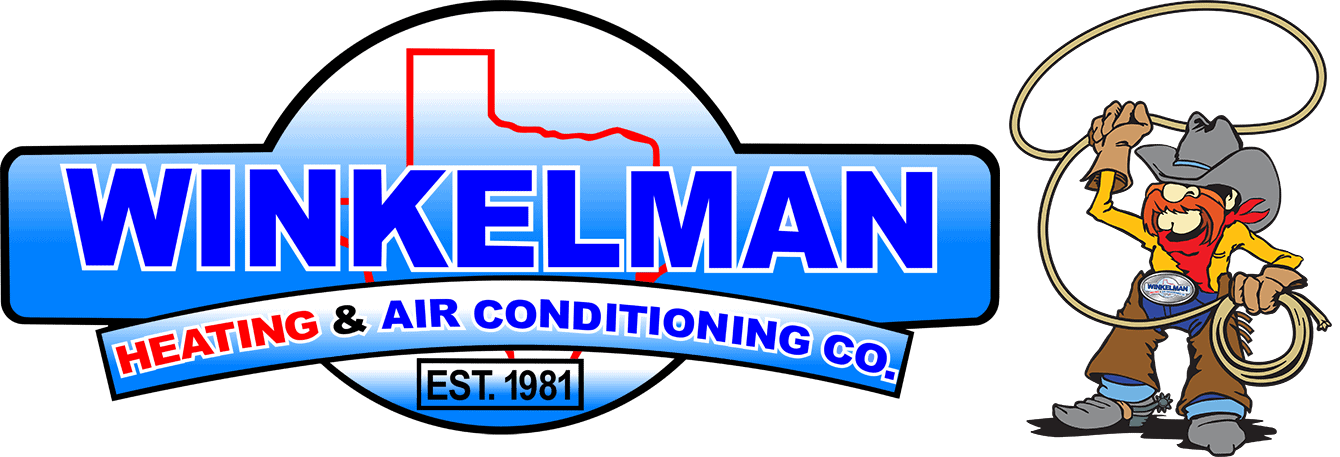Don’t Live With the Negative Effects of Bad Indoor Air, Learn How to Improve IAQ

The air in your home probably isn’t as clean as you might think. Indoor air contains so many pollutants, including mold, dust mites, pollen, bacteria and viruses, that the federal EPA has listed household indoor air as one of the top five environmental hazards. Poor indoor air quality contributes to respiratory illnesses including asthma, allergies and COPD, and can cause respiratory ailments down the road. The gaseous contaminants in your air can cause headaches, fatigue, nausea and eye discomfort, as well as increase your chances of contracting viral infections and extend the length of common illnesses like colds and the flu. If you’re ready to leave bad indoor air behind and improve IAQ in your home, these tips will help you get a handle on pollutants to help prevent illness and improve overall health.
Control Pollutants at the Source
Source control is the best way to vastly improve indoor air quality without spending a dime. The idea is simple: The more contaminants you allow inside your home, the dirtier the air will be.
- Toss your poisonous air fresheners and scented candles in the garbage and use diffused essential oils to freshen the air instead. Many air fresheners have a large number of volatile organic compounds and chemicals that are found on the EPA’s list of toxic chemicals, and the National Institute of Health has found that chemicals in certain air fresheners may lead to respiratory disease.
- Remove your shoes at the door to prevent tracking in everything from pollen to pesticides.
- Use non-toxic, chemical-free cleaners to keep highly toxic substances out of your air.
- Schedule annual preventive maintenance on combustion appliances, such as the stove and furnace, to keep emissions within the safe range.
- Maintain a home humidity level of 30 to 50 percent. Pollutants such as dust mites and mold prefer high humidity and will multiply more quickly in humid areas. Viruses infect more easily in lower humidity, as the moisture that surrounds them evaporates quickly and leaves them airborne longer, increasing the chances of infection.
Ventilate for Better Air Quality
If your home is newer or tightly sealed, ventilation can combat bad indoor air and improve IAQ by replacing stale, contaminated indoor air with fresh air from outside.
- Open the windows on nice days to let fresh air inside.
- Turn on your bathroom vent when you shower.
- Turn on your kitchen vent while you cook to vent gaseous contaminants that result from using your stove and cooking food.
- Consider installing a mechanical ventilation system, such as an energy or heat recovery ventilator (ERV or HRV,) which bring fresh air into your home while adjusting the temperature or humidity of incoming air to reduce energy costs.
- Install trickle ventilators on windows to bring in fresh air without creating uncomfortable drafts or increasing your energy bills.
Clean the Air
While source control and ventilation will considerably reduce bad indoor air and improve IAQ, air cleaners can help remove particulate pollutants that are constantly generated in the home, such as pollen, pet dander, bacteria and dust mites, which feed on the dead skin cells you and your pets shed every day.
- Inspect your HVAC air filter each month and swap it out for a clean one when it’s dirty. An HVAC filter with a rating of between 8 and 12 on the Minimum Efficiency Reporting Value, or MERV, scale will trap a large number of microscopic contaminants and prevent them from re-entering your rooms.
- Install mechanical air filtration, such as a high efficiency particulate air (HEPA) filter, in the bedrooms and use them to ensure you’re breathing clean air during the hours you’re asleep. HEPA filters trap particles including dust mites and their debris. These microscopic arachnids are highly allergenic and proliferate in your bed, where you constantly shed skin cells as you sleep.
- Use electronic air cleaners in high-traffic areas, such as the den. Electronic air cleaners use electrostatic attraction to charge particles, causing them to either fall out of the air to be picked up manually or adhere to an oppositely charged plate inside the cleaner.
- Consider installing a whole-house air cleaner in your HVAC system to clean the air that moves through. A germicidal UV light system will kill biological contaminants like mold and bacteria, while in-duct filters remove more particles than your HVAC filter alone can.
For more expert advice about bad indoor air and ways to improve IAQ, please contact us in the Dumas or Dalhart areas at Winkelman Heating & Air Conditioning.
Image Provided by Shutterstock.com
Need HVAC Service?
Contact the experts at Winkelman Heating and Air Conditioning.
Call us at 806-935-6327!
